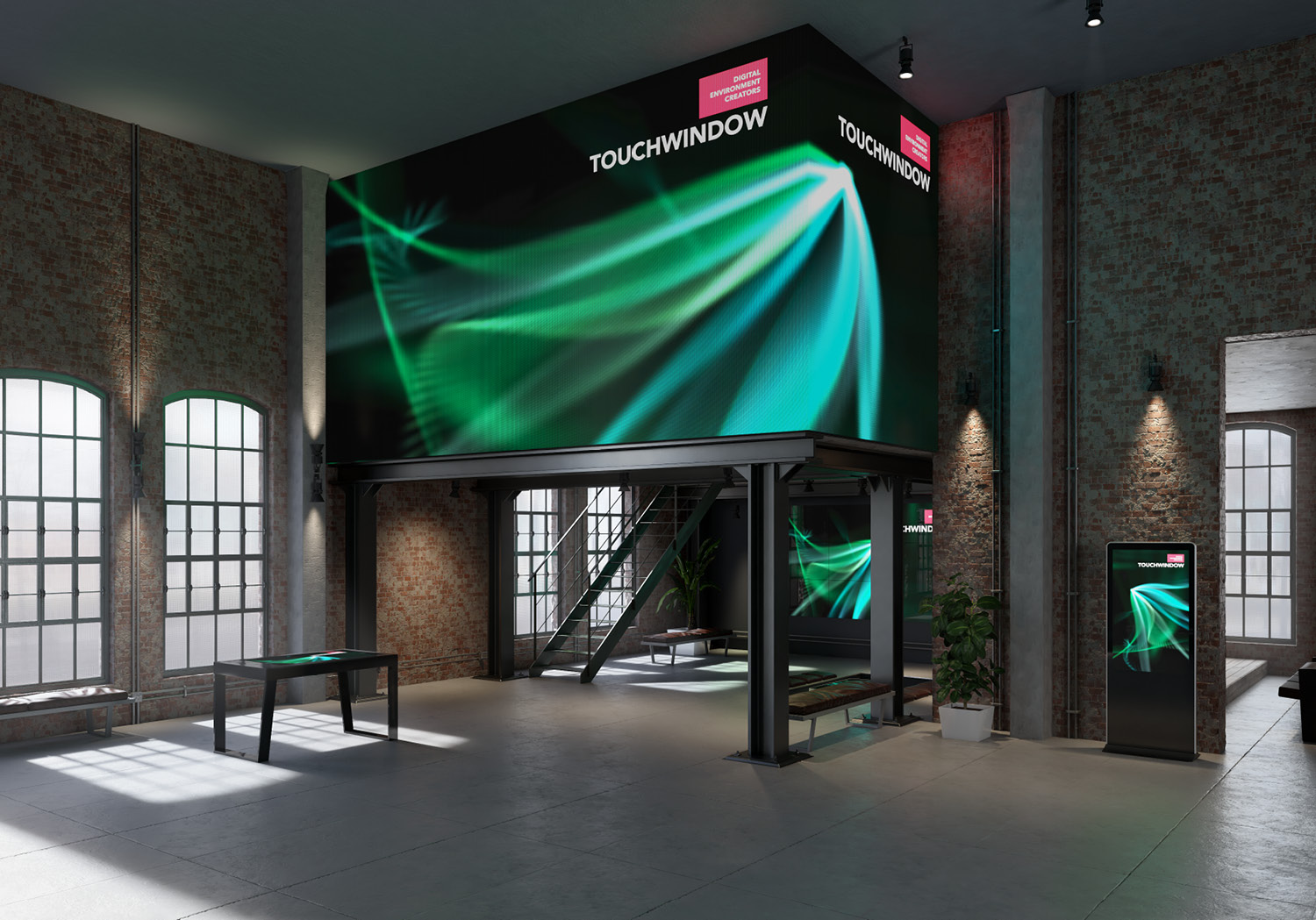Enhancing Aesthetic Impact Through Tactical Content Timing in LED Display Performance
Wiki Article
Maximizing aesthetic effect during LED wall performances requires meticulous preparation plus tactical content scheduling. LED walls are powerful tools for visual narration, frequently used in concerts, events, and presentations. The effectiveness of these displays depends not only on the quality of the visuals but also on how plus timing they are shown. By comprehending the viewers' focus duration plus the rhythm of the occasion, event planners can craft a more captivating encounter that enthralls spectators and enhances the total performance.
One key aspect of tactical visual timing is timing. It is vital to synchronize the visuals with the rhythm and tempo of the show. For example, in the course of a music show, images should enhance the beat and mood of the music. This synchronization helps to forge a unified experience that pulls the viewers closer. Additionally, it is crucial to take into account the length of each visual segment. Short, striking segments can maintain audience interest, while longer images may be appropriate for instances of contemplation or sentimental bonding. By altering the duration and vigor of the visuals, organizers can keep the audience engaged during the show.

Another important element is the content itself. The images shown on the LED wall should be relevant to the concept of the show. This pertinence aids to reinforce the message being communicated and makes the experience more unforgettable for the viewers. For example, if the performance is about environmental awareness, using images that illustrate the environment and animals can amplify the message. Furthermore, incorporating dynamic elements, such as motion graphics or engaging graphics, can add excitement and maintain the viewers' attention. The right content, presented at the right time, can considerably enhance the effect of the performance.
Viewer engagement is also a key factor in content scheduling. Understanding the demographics and preferences of the audience can guide the choice of images. blog here For instance, a youthful crowd may react better to bright hues and fast-paced animations, while an older audience might appreciate more subtle and sophisticated images. By customizing the material to the viewers' preferences, event planners can craft a more tailored encounter that connects with viewers. Additionally, incorporating audience involvement, such as real-time surveys or media engagements, can additionally improve involvement and render the show more engaging.
Finally, assessing the efficacy of the visual timing is crucial for future performances. Collecting feedback from the audience can provide valuable insights into what worked successfully plus what could be enhanced. This data can assist event planners improve their approaches and take knowledgeable choices for upcoming performances. By constantly evaluating and modifying the visual timing strategy, event planners can maximize the visual impact of LED wall performances and craft memorable encounters for their viewers.